Human Orbital Spaceflights
![]()
International Flight No. 78Soyuz 40DnieperUSSR |
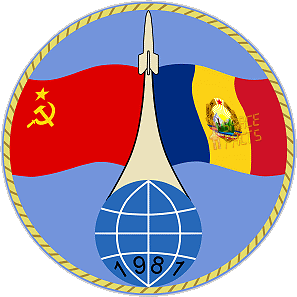 |
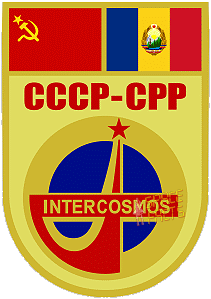 |
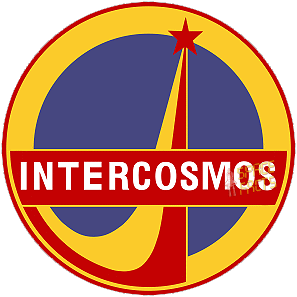 |
 |
|
![]()
Launch, orbit and landing data
walkout photo |
 |
|||||||||||||||||||||||
alternative crew photo |
alternative crew photo |
|||||||||||||||||||||||
alternative crew photo |
alternative crew photo |
|||||||||||||||||||||||
alternative crew photo |
alternative crew photo |
|||||||||||||||||||||||
Crew
| No. | Surname | Given names | Position | Flight No. | Duration | Orbits | |
| 1 | Popov | Leonid Ivanovich | Commander | 2 | 7d 20h 41m 52s | 124 | |
| 2 | Prunariu | Dumitru Dorin | Research Cosmonaut | 1 | 7d 20h 41m 52s | 124 |
Crew seating arrangement
|
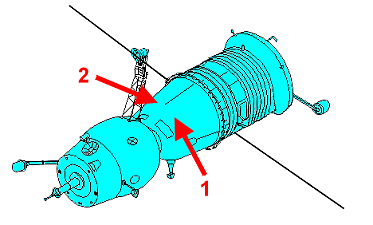 |
|
||||||||||||
Backup Crew
|
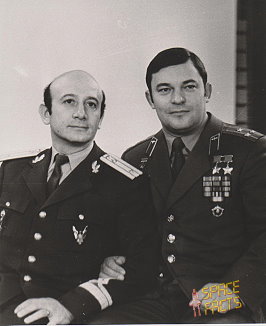 |
|||||||||||||||
alternative crew photo |
||||||||||||||||
alternative crew photo |
||||||||||||||||
alternative crew photo |
Hardware
| Launch vehicle: | Soyuz-U (No. P15000-246) |
| Spacecraft: | Soyuz 40 (7K-T No. 56) |
Flight
|
Launch from the Baikonur Cosmodrome and
landing 225 km southeast of Dzheskasgan. Soyuz 40 was the ninth Intercosmos mission (with Dorin Prunariu, the first cosmonaut from Romania). Following a one-day solo flight Soyuz 40 docked with the Salyut 6 space station on May 15, 1981 as final spacecraft. During the next days the crew performed common scientific work with the fifth resident crew. Scientific research and experiments including exploration of the Earth magnetic field was done. Earth observations had to be delayed until the last day of this mission, when Salyut 6 at last passed over Romania in daylight. During this time the crew also tested the station's orientation system. During their stay aboard Salyut 6, all four crewmembers would assist in completing a total of 22 scientific experiments, which included: - Reo - investigating changes in cerebral blood flow of central and peripheral; - Capillary - technology of obtaining profile single crystals determined by using the capillary effect in conditions of weightlessness; - Biodose - the study of the Earth's magnetic field and space radiation, and its influence on living organisms; - Astro - identifying new forms of existence of nuclear matter; - Nanobalance - establishing thin protective layers of silicon dioxide under the action of cosmic environment; - Myocardium, Immunity, Pneumatic, Collar. The Soyuz spacecraft is composed of three elements attached end-to-end - the Orbital Module, the Descent Module and the Instrumentation/Propulsion Module. The crew occupied the central element, the Descent Module. The other two modules are jettisoned prior to re-entry. They burn up in the atmosphere, so only the Descent Module returned to Earth. The deorbit burn lasted 188 seconds. Having shed two-thirds of its mass, the Soyuz reached Entry Interface - a point 400,000 feet (121.9 kilometers) above the Earth, where friction due to the thickening atmosphere began to heat its outer surfaces. With only 23 minutes left before it lands on the grassy plains of central Asia, attention in the module turned to slowing its rate of descent. Eight minutes later, the spacecraft was streaking through the sky at a rate of 755 feet (230 meters) per second. Before it touched down, its speed slowed to only 5 feet (1.5 meter) per second, and it lands at an even lower speed than that. Several onboard features ensure that the vehicle and crew land safely and in relative comfort. Four parachutes, deployed 15 minutes before landing, dramatically slowed the vehicle's rate of descent. Two pilot parachutes were the first to be released, and a drogue chute attached to the second one followed immediately after. The drogue, measuring 24 square meters (258 square feet) in area, slowed the rate of descent from 755 feet (230 meters) per second to 262 feet (80 meters) per second. The main parachute was the last to emerge. It is the largest chute, with a surface area of 10,764 square feet (1,000 square meters). Its harnesses shifted the vehicle's attitude to a 30-degree angle relative to the ground, dissipating heat, and then shifted it again to a straight vertical descent prior to landing. The main chute slowed the Soyuz to a descent rate of only 24 feet (7.3 meters) per second, which is still too fast for a comfortable landing. One second before touchdown, two sets of three small engines on the bottom of the vehicle fired, slowing the vehicle to soften the landing. Soyuz 40 was the last of the original Soyuz spacecraft (due to its replacement by the Soyuz-T) and the last Soyuz spacecraft to dock with Salyut 6. It also ended the first phase of the Intercosmos program. |
Photos / Graphics
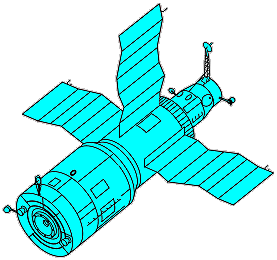 |
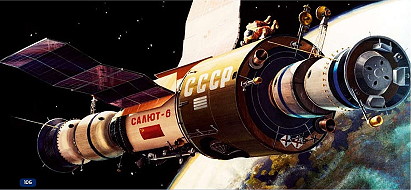 |
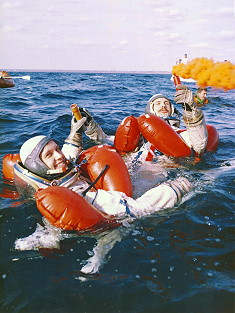 |
 |
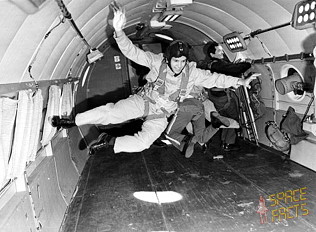 |
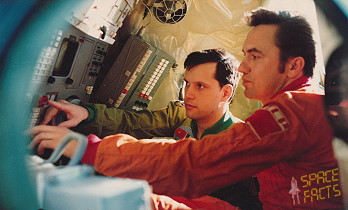 |
 |
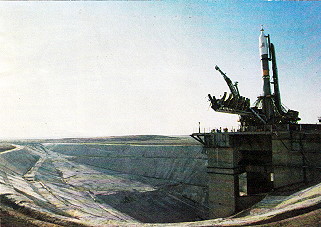 |
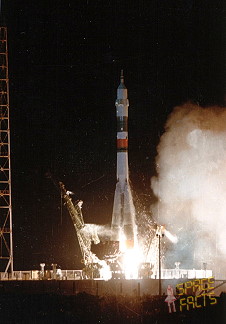 |
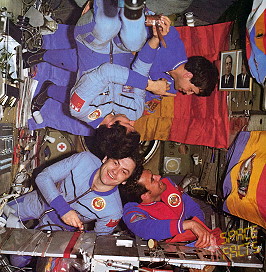 |
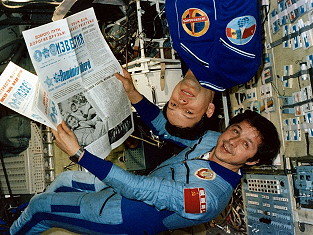 |
 |
 |
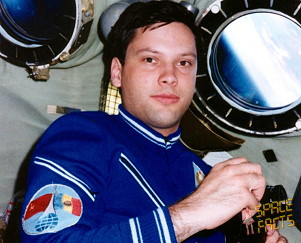 |
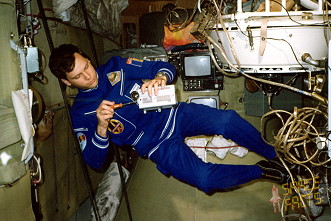 |
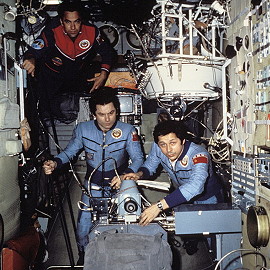 |
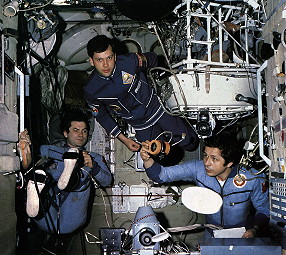 |
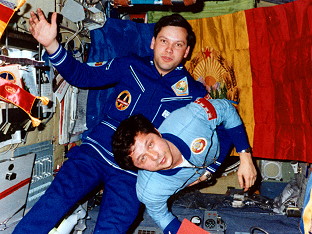 |
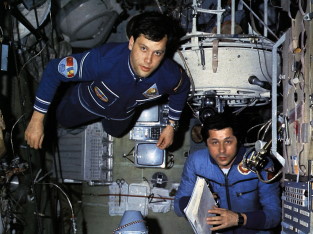 |
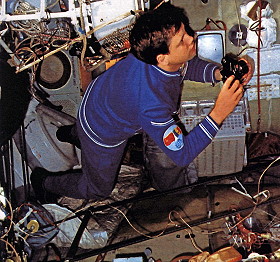 |
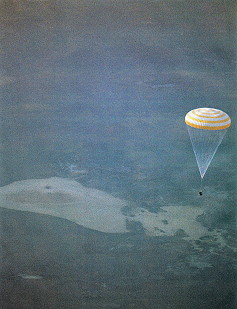 |
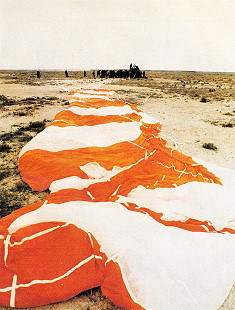 |
 |
| © |  |
Last update on March 29, 2025.  |
 |